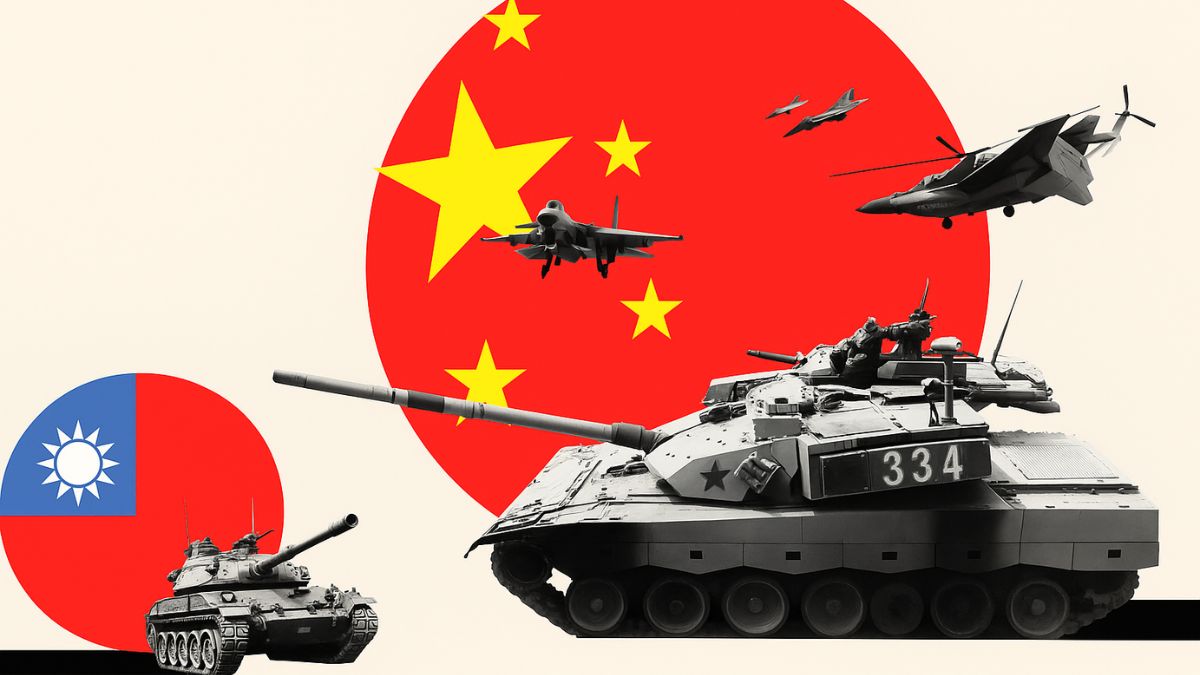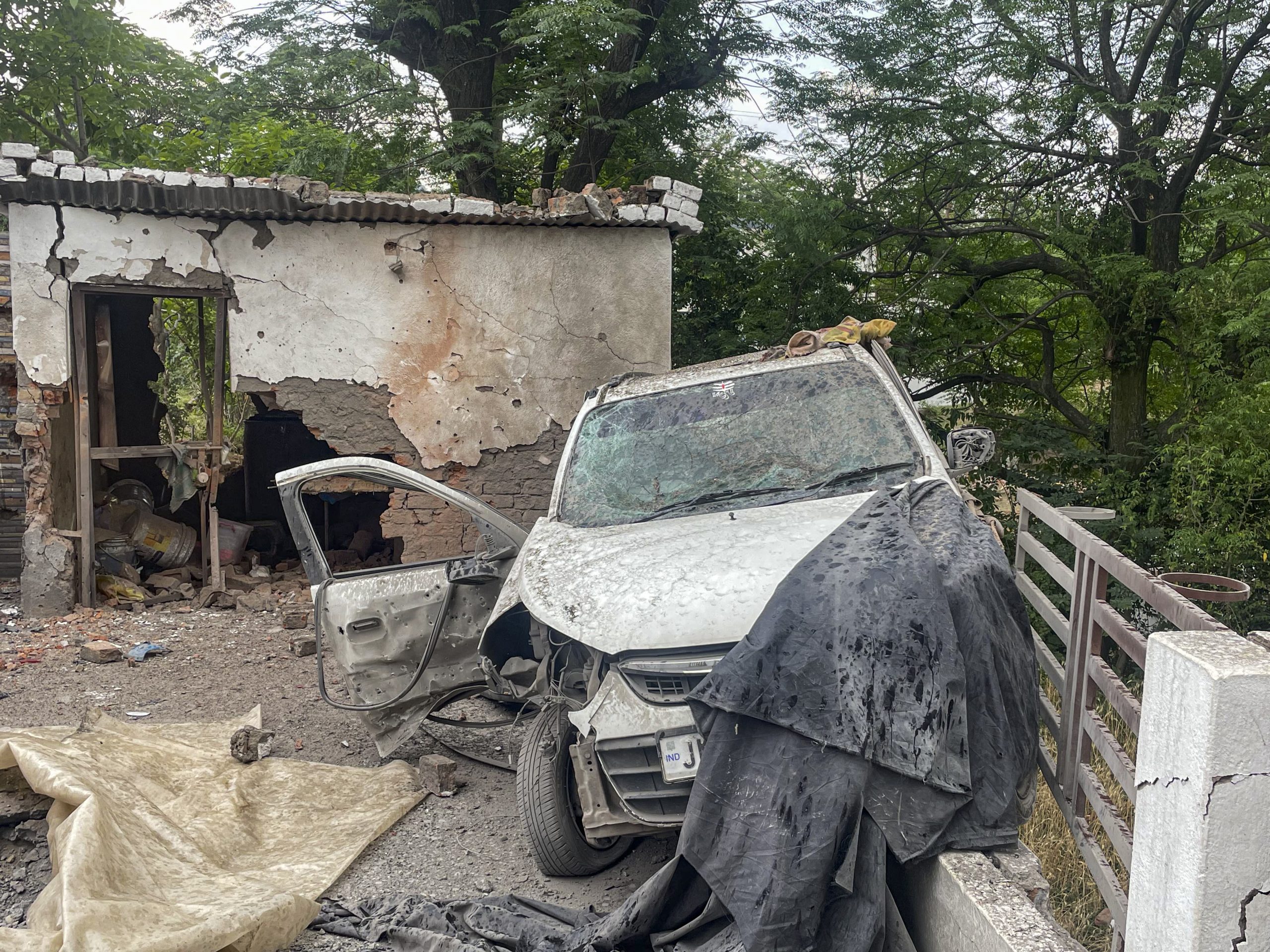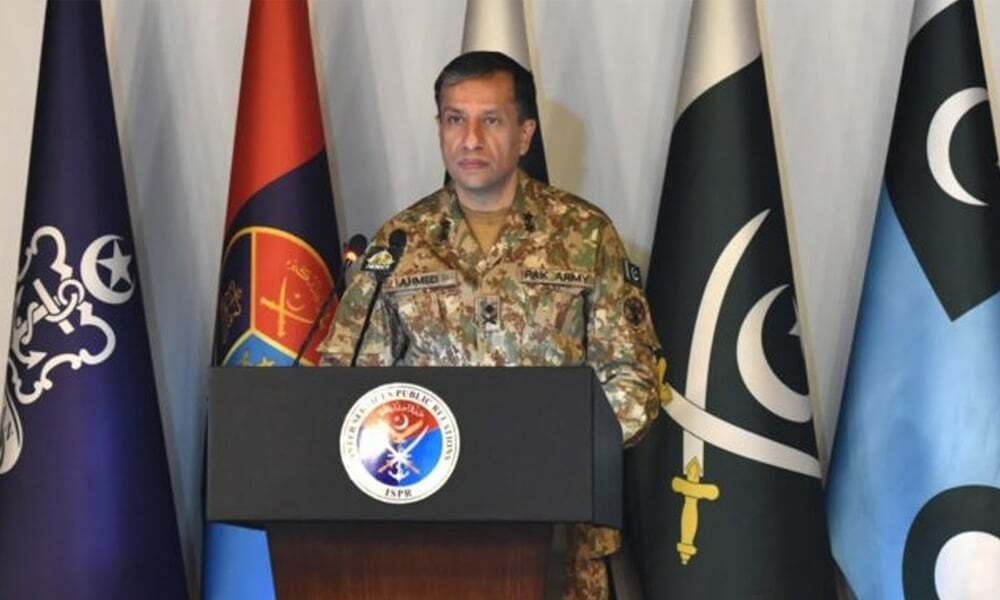Exercise Cold Start: A Hot Message To Pakistan? Tri-Service Push For Drone, Counter-Drone Warfare Begins

Exercise Cold Start represents a decisive move towards integrated warfare. Image courtesy: AI-generated picture via Sora
What’s in a name, one might say. Well, apparently there’s a lot that a simple name can convey. Take for instance Exercise Cold Start, which could send some hot signals to neighbouring Pakistan, especially at a time when both the countries are engaged in hostilities since the April 22 Pahalgam terror attack.
For the first time since May’s Operation Sindoor, India’s Army, Navy, and Air Force will come together for a joint drone and counter-drone warfare exercise, marking a crucial step in developing integrated combat capabilities. The large-scale drill, codenamed Exercise Cold Start, is starting today (October 7, 2025).
Exercise Cold Start will take place at key military stations in Babina (Uttar Pradesh) and Mhow (Madhya Pradesh). According to defence officials, this exercise aims to synchronise the operational use of drones across all three services and build a unified doctrine for drone-based warfare.
Exercise Cold Start: Who is leading and overseeing the exercise?
The joint drill is being conducted under the Integrated Defence Staff (IDS), which plays a central role in promoting coordination among the services. The Chief of Defence Staff (CDS), General Anil Chauhan, is scheduled to personally review the operations during one of the four days of the exercise, underscoring its strategic importance.
How does Operation Sindoor influence these drills?
The learnings from Operation Sindoor, India’s precision strikes on terror bases inside Pakistan, have been instrumental in shaping this new phase of training. During that conflict, both nations employed drones extensively, marking one of the region’s most technology-driven confrontations.
India’s indigenous and imported drone systems successfully neutralised several enemy positions, while Pakistani efforts using Turkish and Chinese drones were effectively countered by Indian air defence networks.
What is India preparing for through this exercise?
Post-Operation Sindoor, the Indian armed forces have recognized that future wars will hinge on aerial and electronic dominance, with drones at the forefront. Exercise Cold Start is therefore designed to:
- Integrate surveillance, strike, and counter-drone tactics across services.
- Refine joint command structures under the theatre command concept.
- Implement lessons learnt from real combat scenarios into peacetime training.
Why is this a milestone for India’s defence readiness?
Exercise Cold Start represents a decisive move towards integrated warfare, where the Army, Navy, and Air Force operate as a seamless force in emerging domains like drone warfare. It demonstrates India’s resolve to stay ahead of technological threats and to ensure that its future responses are swift, coordinated, and self-reliant.
Moreover, the choice of the name ‘Cold Start’ is far from accidental. It’s a message wrapped in a mission. On the surface, the exercise focuses on testing unmanned systems and counter-drone technologies, but its title evokes something far deeper – the Cold Start Doctrine, a long-standing military concept that has kept Pakistan on edge for years.
By reviving this phrase, India appears to be signalling a shift in its strategic thinking, one that fuses cutting-edge drone warfare with the principles of swift, coordinated offensive action, even under the shadow of nuclear deterrence. In essence, ‘Cold Start’ is not just an exercise; it’s a statement of intent about how India envisions the future of warfare.







